STIR/SHAKEN statistics from August 2022
Robocalls signed with STIR/SHAKEN call authentication remain high, but there might be a new trend emerging. Let’s have a look.
We’ve been publishing monthly STIR/SHAKEN statistics since April 2021. These numbers are gathered from over 100 voice service providers using our STIR/SHAKEN and robocall prevention solutions. The data describe calls they received from 436 other voice service providers that originated calls, including some robocalls, signed with STIR/SHAKEN.
Many Robocalls are signed with B or C attestation
Calls Signed with C Were Over 5 Times More Likely to be Robocalls
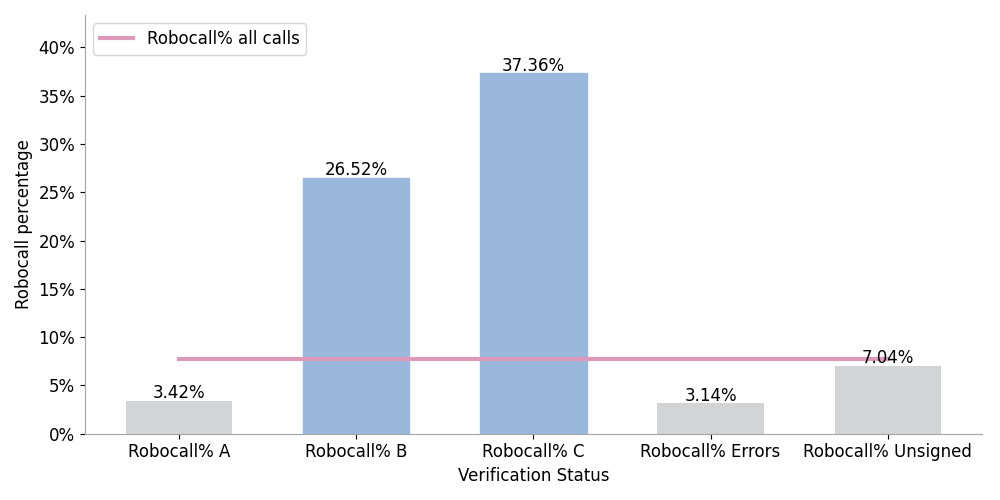
Figure 1. Robocall % by Verification Status in August 2022
Figure 1 compares the percentage of robocalls by attestation level, for unsigned calls, and for all calls in August 2022.
The red line shows the robocall percentage for all calls, which was 7.78%. As we’ve reported in previous months, many of these calls were signed by a downstream intermediate provider using their own SHAKEN certificate. This is how robocallers and robocall-friendly providers have adapted to the call authentication and robocall mitigation regulations.
Signed Robocalls Continued in August
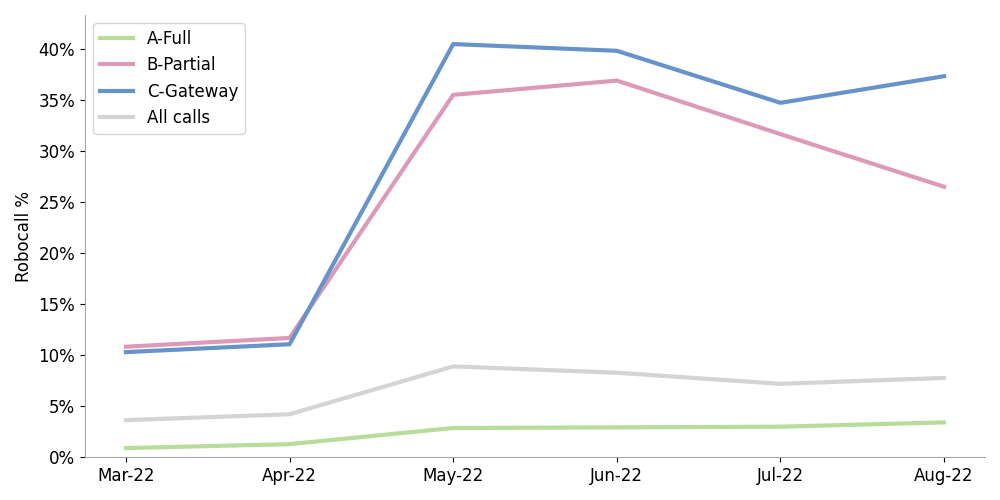
Figure 2. Signed Robocalls by Attestation Last 6 Months
Figure 2 shows this trend over the past six months. The good news: robocalls signed with B attestation have dropped two months in a row since their peak in June. The bad news: robocalls signed with C attestation rebounded in August to 37.36% and appear to be leveling off around 37.5%.
SHAKEN participation increases
There are some encouraging trends in SHAKEN participation.
Increase in SHAKEN Participation
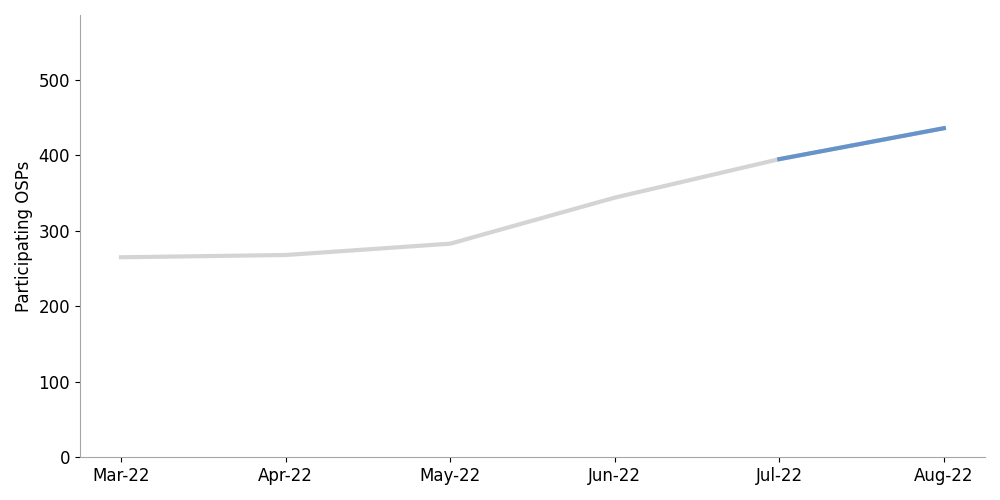
Figure 3. Monthly Number of OSPs Sending Signed Calls
Figure 3 shows that the number of Originating Service Providers (OSPs) signing calls increased from 395 in July to 436 in August, a 10.4% increase. This follows a 14.8% increase in July.
Robocall Mitigation Database New Filings Down in August
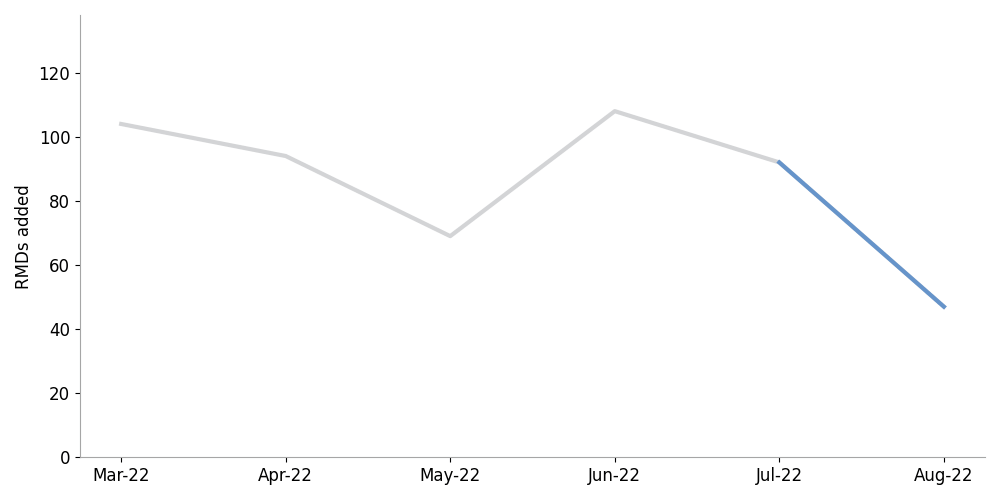
Figure 4. New Robocall Mitigation Database New Filings by Month
Figure 4 shows a 48.9% decrease in new Robocall Mitigation Database filings in August. This follows a 14.8% decrease in July.
Increase in SHAKEN Authorized Providers
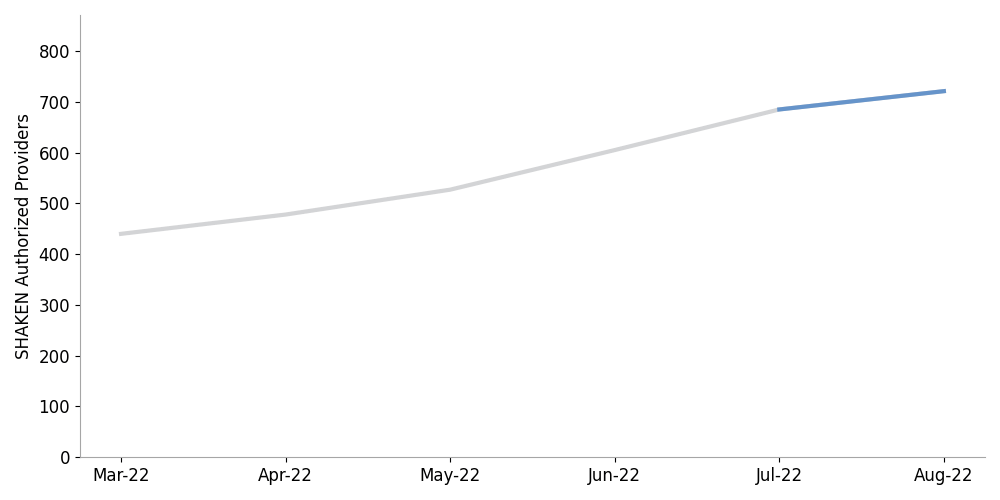
Figure 5. STIR/SHAKEN Authorized Providers by Month
Figure 5 shows that the number of SHAKEN authorized providers increased 5.3% in August, from 685 to 721. This follows a 13.2% increase in July.
Few calls reach their destination signed
Despite a steady increase in SHAKEN participants, we aren’t seeing an increase in signed calls at termination.
Most Calls Arrive Unsigned
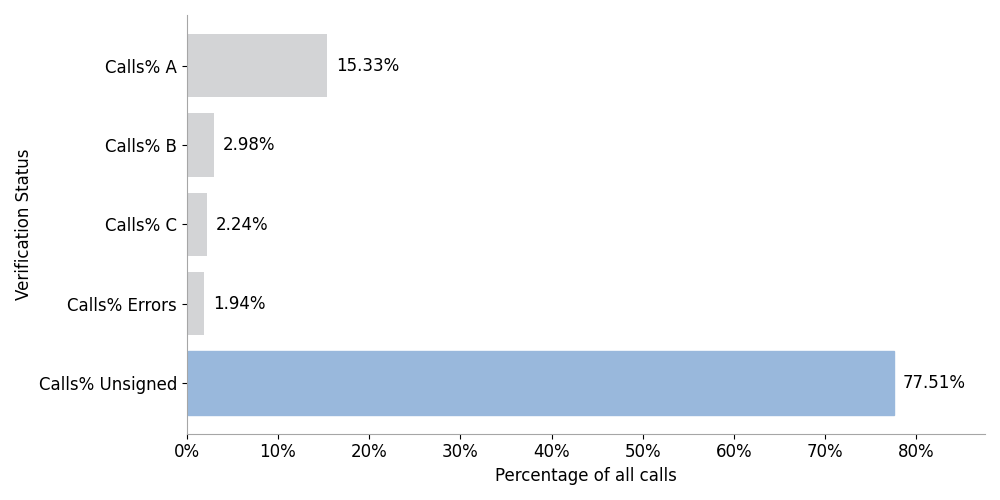
Figure 6. Percentage of Calls by Verification Status
Figure 6 shows that 77. 51% of calls received for termination were unsigned. This is up slightly from July.
Percentage of Signed Calls at Termination Stays Level
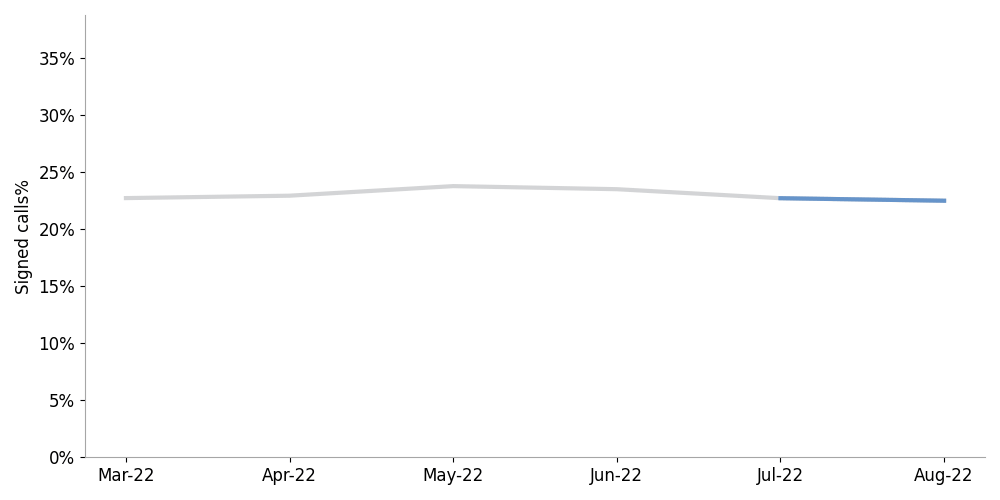
Figure 7. The Percentage of Signed Calls at Termination Last 6 Months
Figure 7 shows that the percentage of signed calls at termination continues to hover around 24%, despite the increased number of OSPs and SHAKEN authorized providers signing calls at origination.
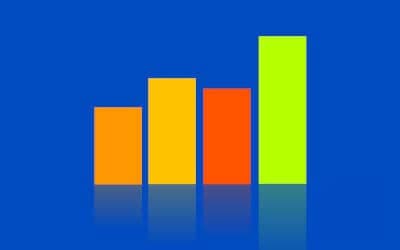
What these trends tell us
- The third-party signer exploit thwarts the accountability that call authentication is intended to provide. The system isn’t working because the standards are not being followed.
- The number of participating SHAKEN authorized voice service providers continues to grow, increasing the number of calls signed at origination. However, the percentage of signed calls received at termination remains stuck at 24%. Signed calls are not surviving transit across non-IP barriers along the call path.
- It’s clear that this won’t change until the FCC begins to phase out the non-IP SHAKEN exemption.
- Providers that rely on non-IP technology or interconnections should be required to either migrate to IP technology and implement SHAKEN or implement either of the non-IP SHAKEN standards on the non-IP parts of their network. (Providers that don’t rely on non-IP technology won’t have to do anything new.)
TransNexus solutions
TransNexus is a leader in developing innovative software to manage and protect telecommunications networks. The company has over 20 years’ experience in providing telecom software solutions including toll fraud prevention, robocall mitigation and prevention, TDoS prevention, analytics, routing, billing support, STIR/SHAKEN and SHAKEN certificate services.
Contact us today to learn more.
Our STIR/SHAKEN products:
- Work with your existing network
- Support SIP and TDM
- Affordable, easy to deploy